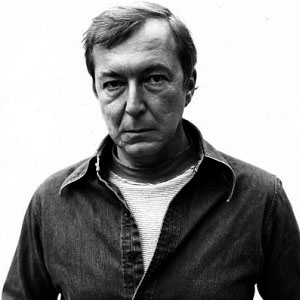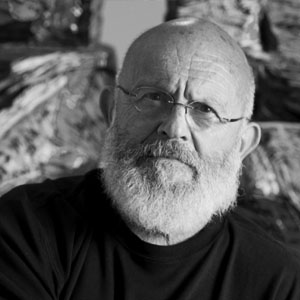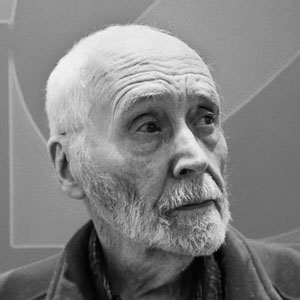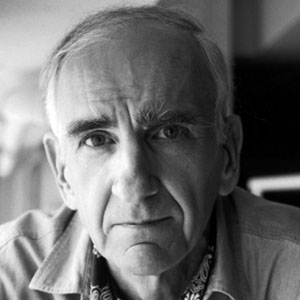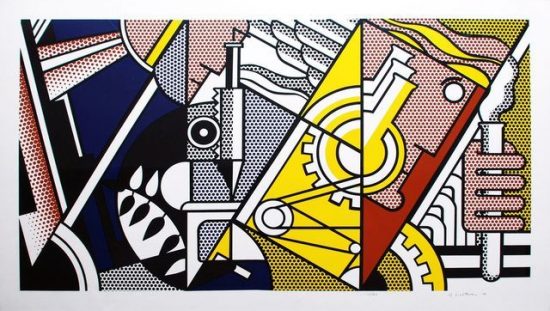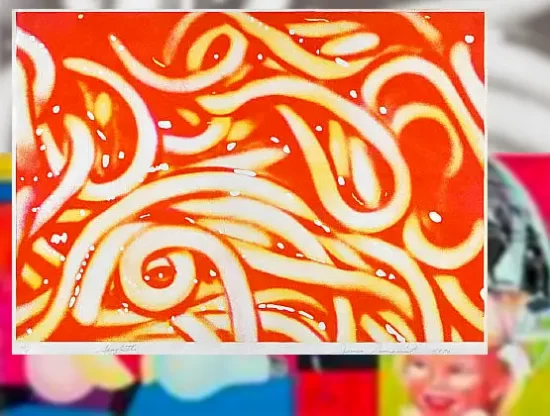
Born an only child in 1933 in Grand Forks, North Dakota, American painter, printmaker and sculptor James Rosenquist was one of the leaders of the Pop-Art movement. While still in high school in 1948 he won a scholarship to study at the Minneapolis School of Art, and from 1952 to 1955 he studied painting at the University of Minnesota. In 1955 he moved to New York to study at the Art Students League on a scholarship. Earning his living as a billboard painter, it was in 1960 when he began to apply similar techniques of grossly enlarged and fragmented images to huge paintings such as President Elect (1960-61). Influenced by Surrealism, Rosenquist's early work had a reliance on seemingly irrational juxtapositions. His references however to mass-produced goods and to magazines, films and other aspects of the mass media, coupled with his dispassionate and seemingly anonymous technique, is what gained him fame. They also allowed him to be one of the key figures in the development of Pop Art in the United States. Rosenquist's treatment of typical Pop subject-matter however had little in common with such artists as Andy Warhol and Roy Lichtenstein. Rather than seeking to duplicate his source material, he preferred to disrupt and dislocate, as is seen in Marilyn Monroe I (1962), in which the film star's features are presented in a dismembered form as if to imply that her personality had been shattered by the pressures of fame. Rosenquist was also unusual among Pop artists in his overt involvement with political themes in works such as Painting for the American Negro (192-63) and above all in his most famous work, F-111 (1965), which is a huge painting occupying four walls of a room on fifty-one separate but interlocking pieces, as if it had been blown apart by the American fighter plane pictured on its surface and then reassembled. Such interest in technical experimentation led Rosenquist to produce a few sculptures and assemblage. It was his screenprints and particularly lithographs, however that held a creative outsource for him. Currently residing in Florida, he remains committed to the Pop aesthetic of his work from the early 1960's.

